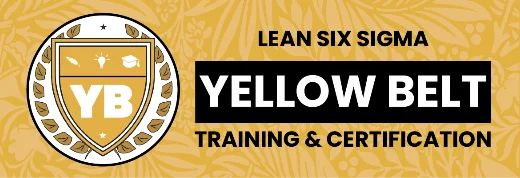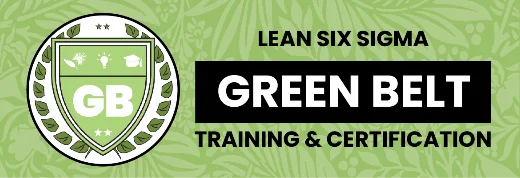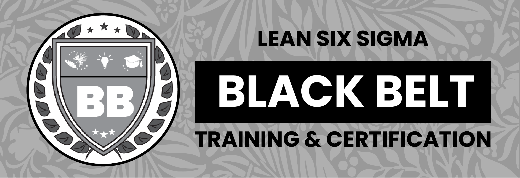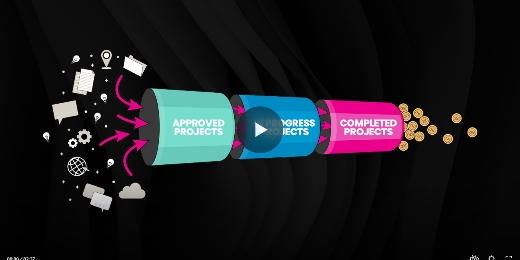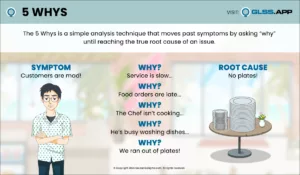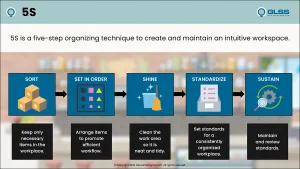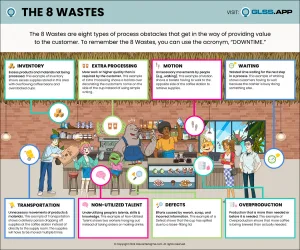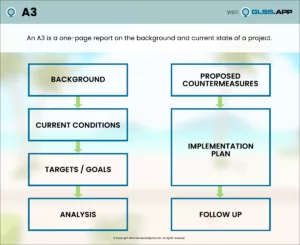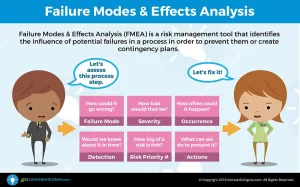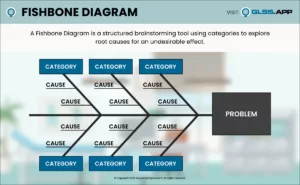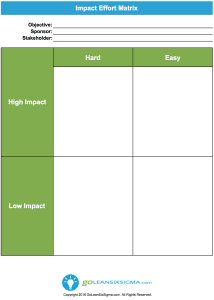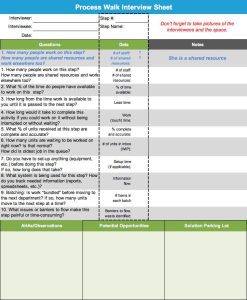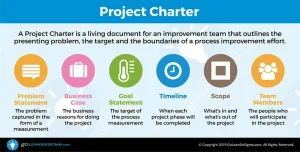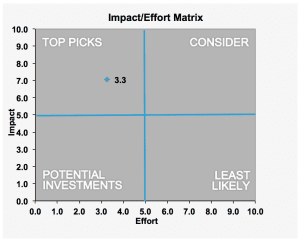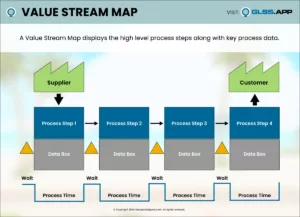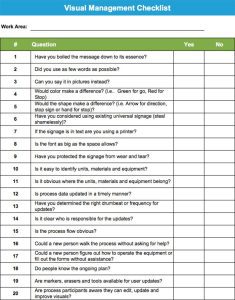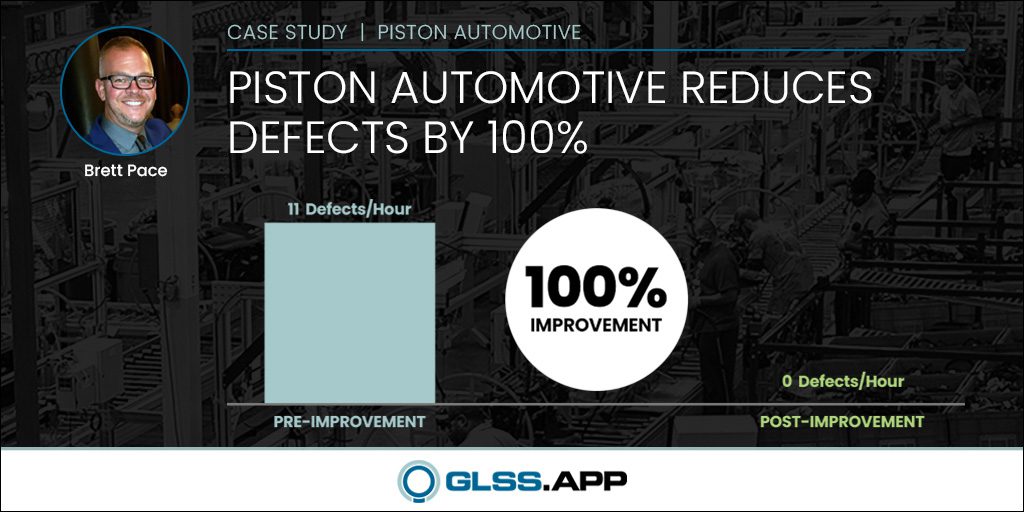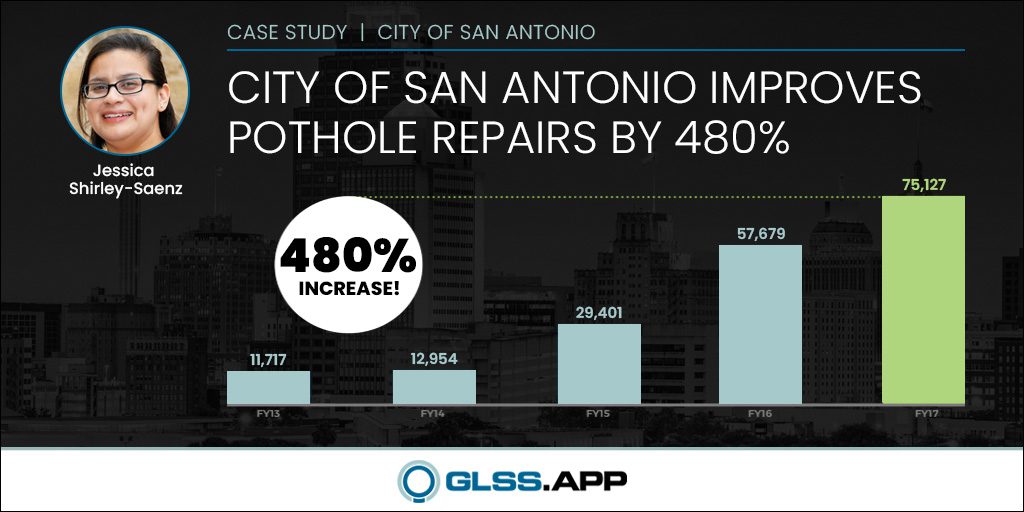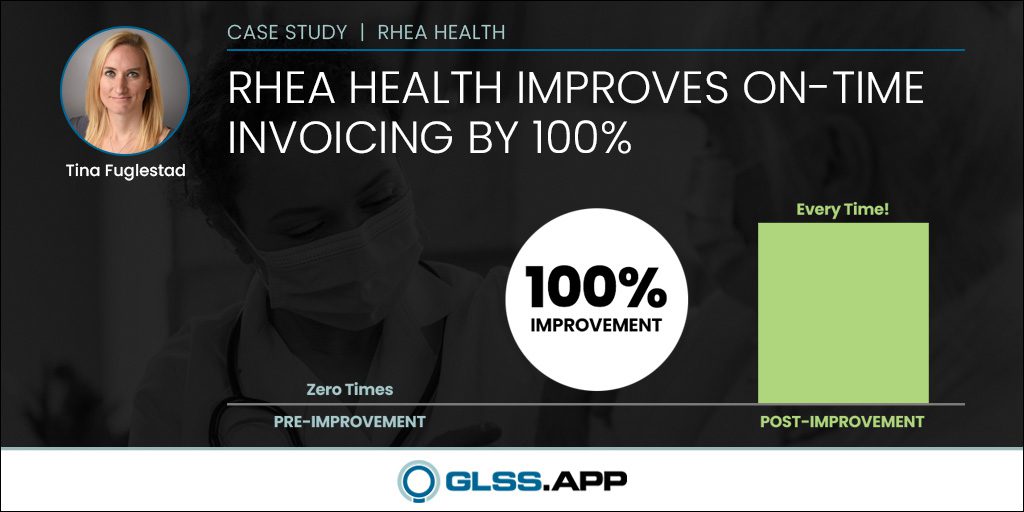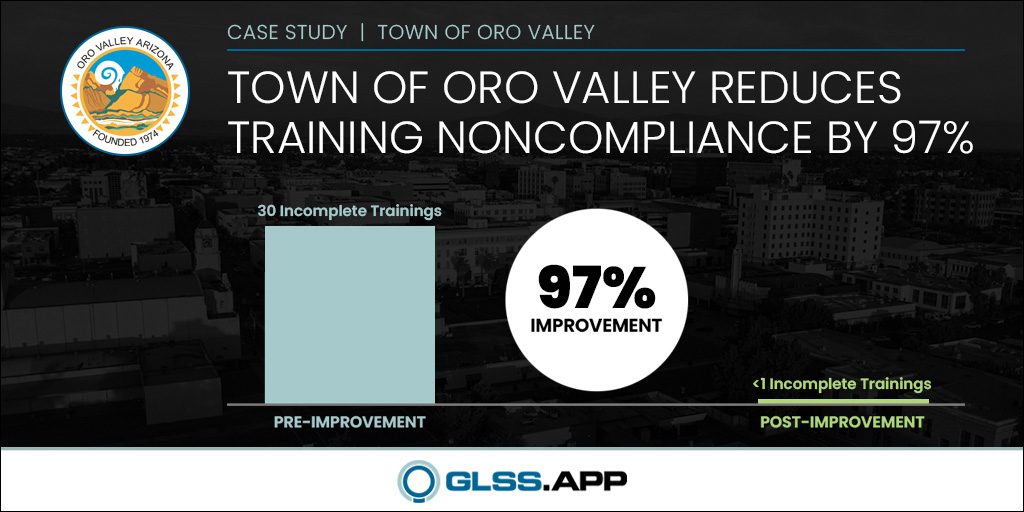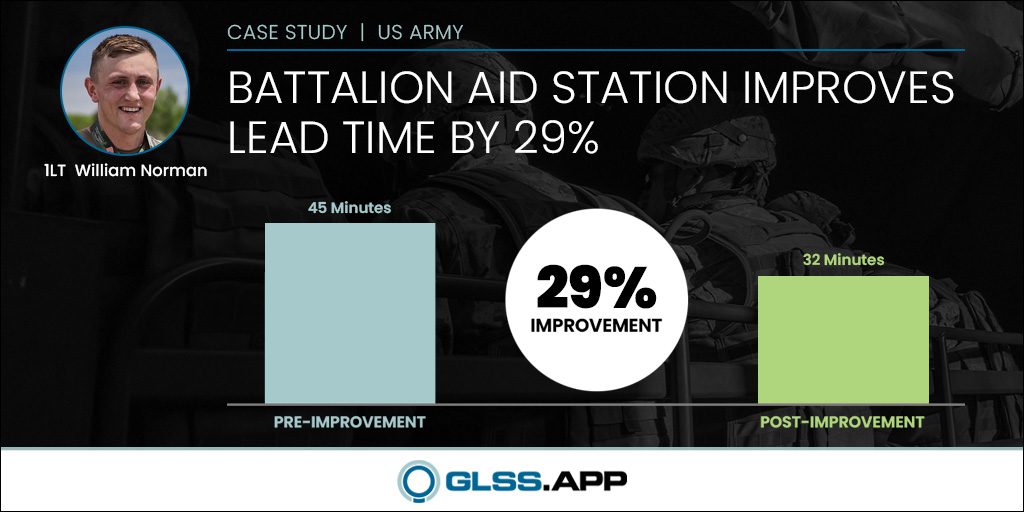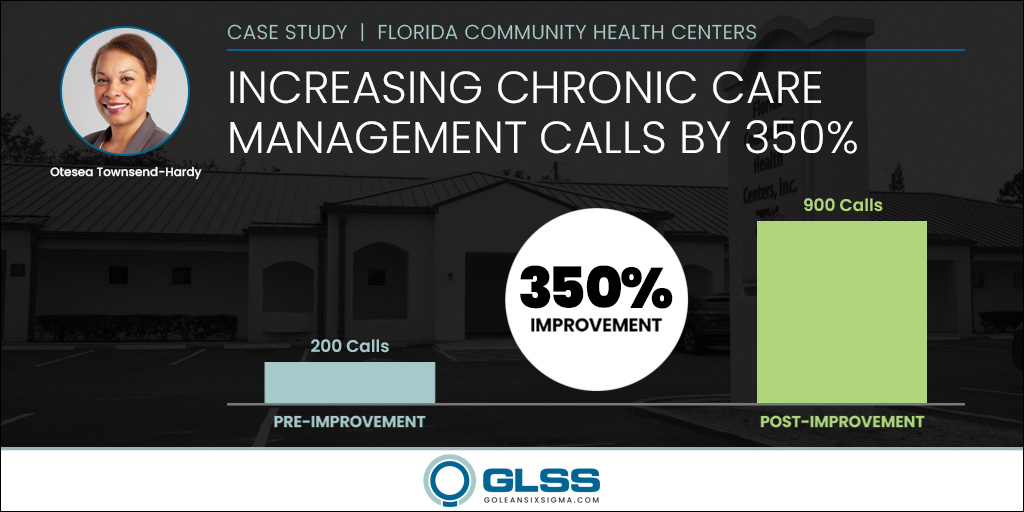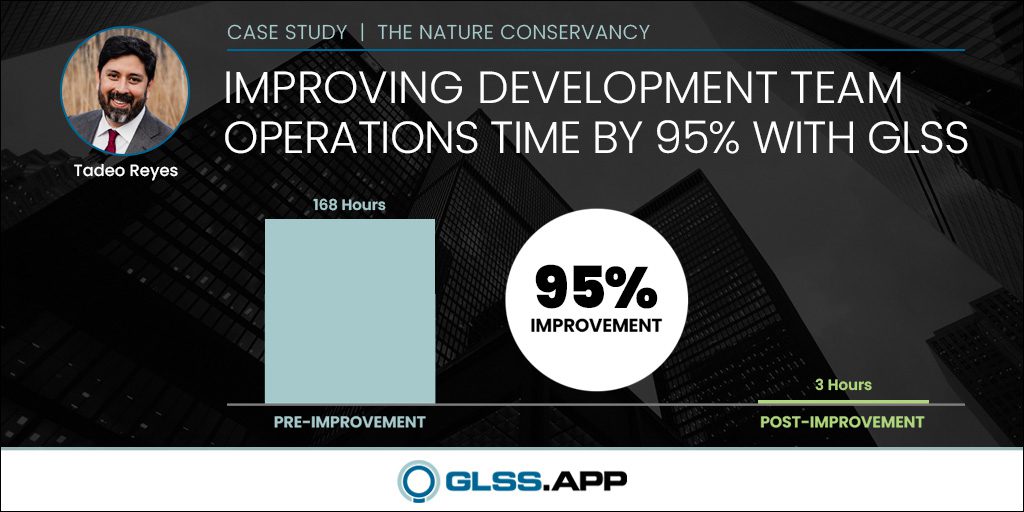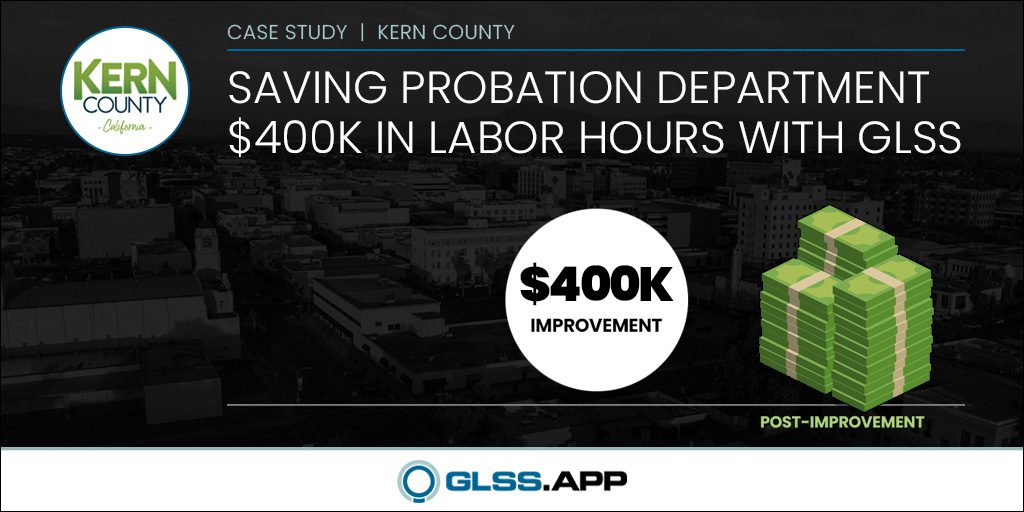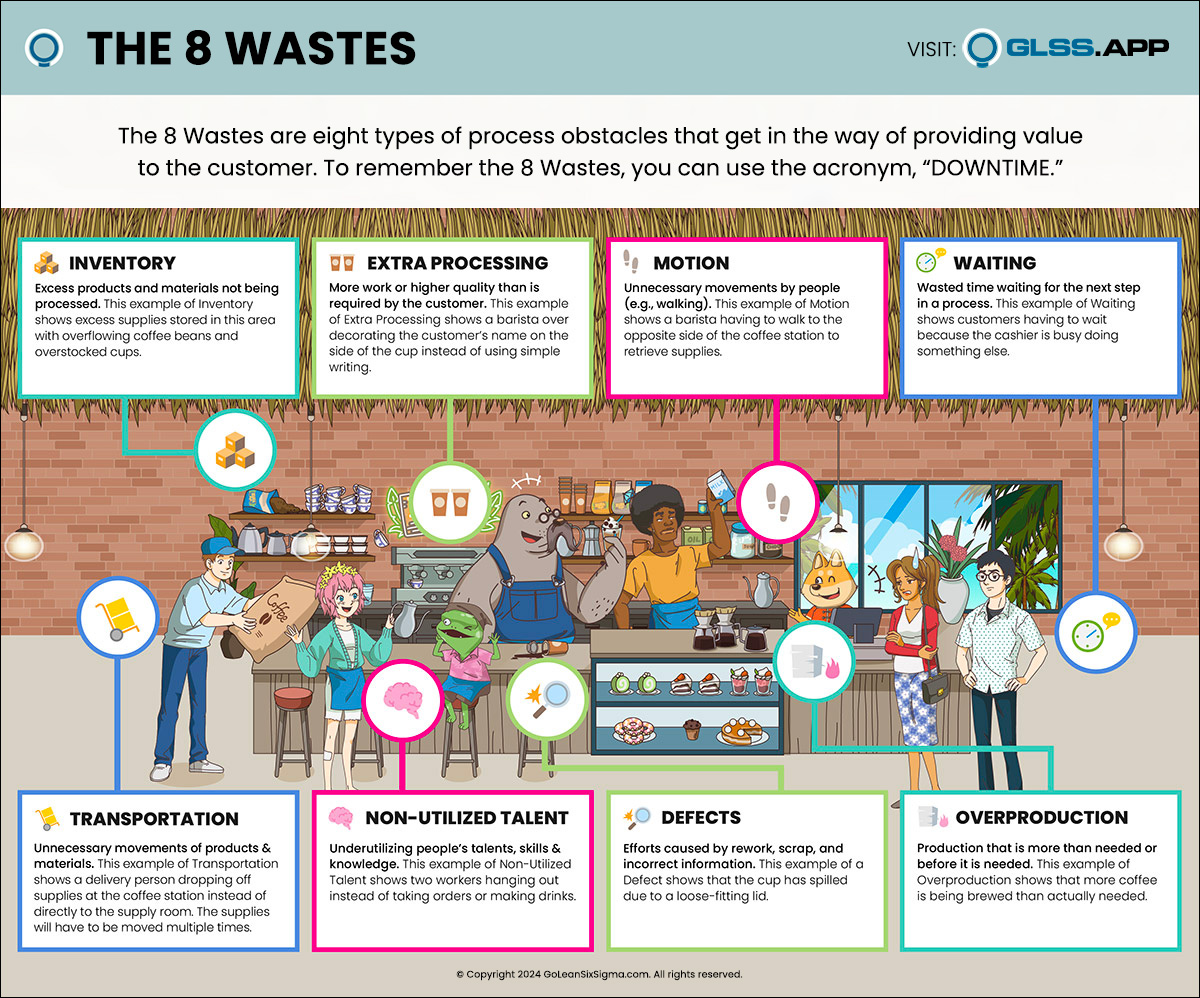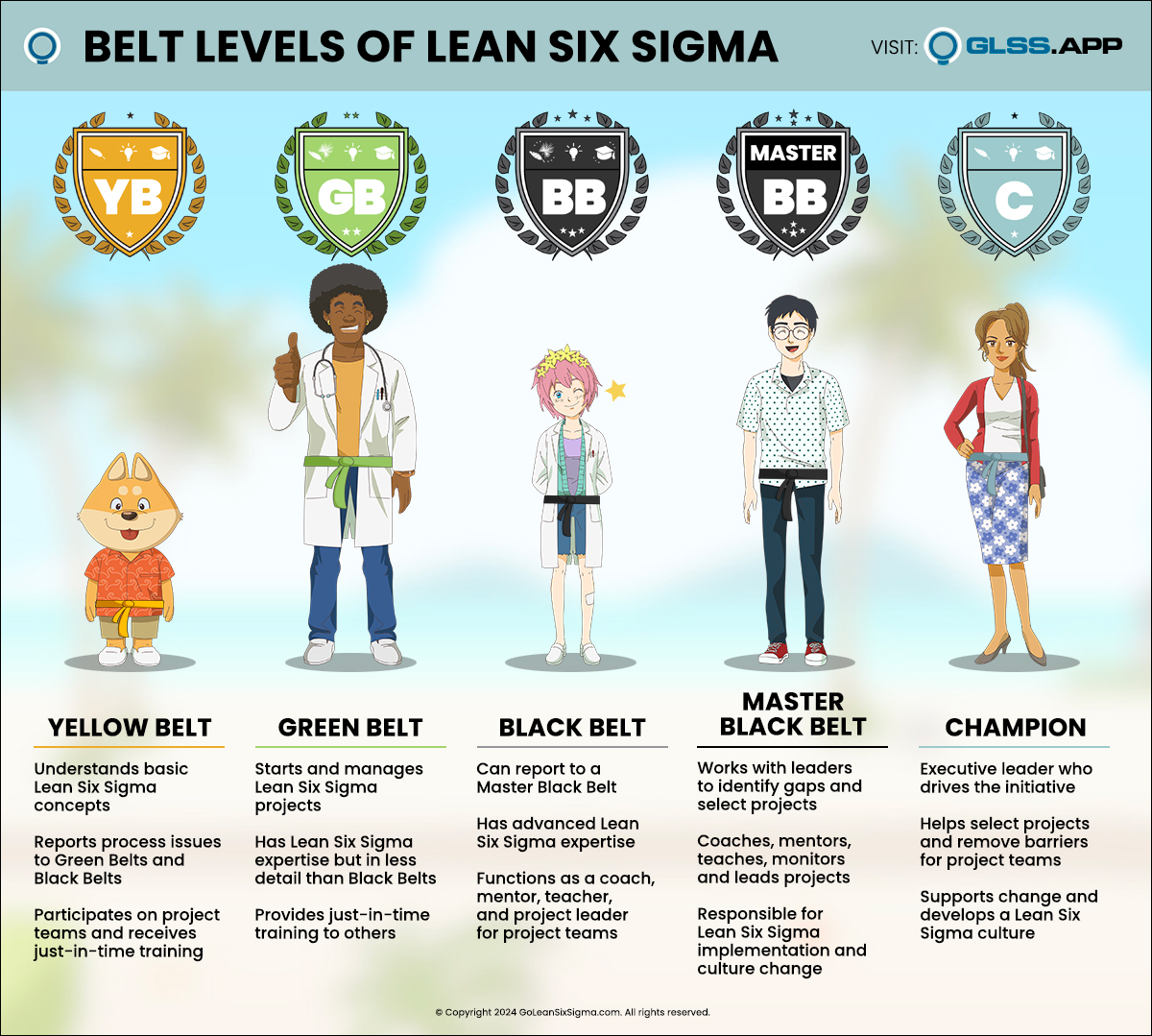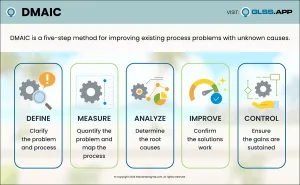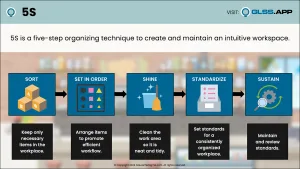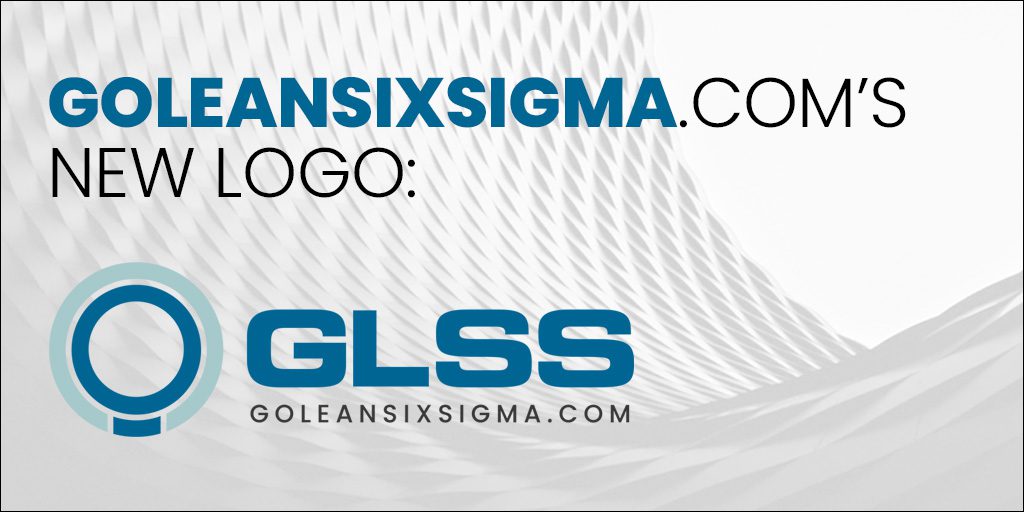
In case you missed this Summer’s blog series at GoLeanSixSigma.com, here it is again! In this 3-part blog series titled Pied Quality, Kurt Stuke (Quality Manager at Adecco) shakes up the traditional perspective on quality and inspires us to approach improvement in an exciting new way.
Pied Quality
1. Appreciate The Poets And Variation
Within the field of Quality, we take great measures to address variation. Strangely, our desire to eliminate variation is not a passion that is shared universally. The poets, for example, remind us of the inspiration and beauty that dwells within variation. Is it possible to leverage the power and possibility that dwells within variation while mitigating the risk and uncertainty born of variation? [Read more…]
2. Pressed By Time For Time
One remedy is obvious but unexpected; turn away from the business at hand. It may seem irresponsible to assert that we ought to make room for experiences like marveling at the variation found among finches’ wings due to commonly held notions within quality. For example, efficiency and a structured economy of time are deemed central to the successful delivery of quality. We seek efficiency in the hopes that if we can save time, and hopefully save time on time, value will rise… [Read more…]
3. Deconstructing The Machine
Turning may help the individual practitioner leverage variation but what about the field of Quality itself? Is the orientation of our field optimal for leveraging innovation? [Read more…]

